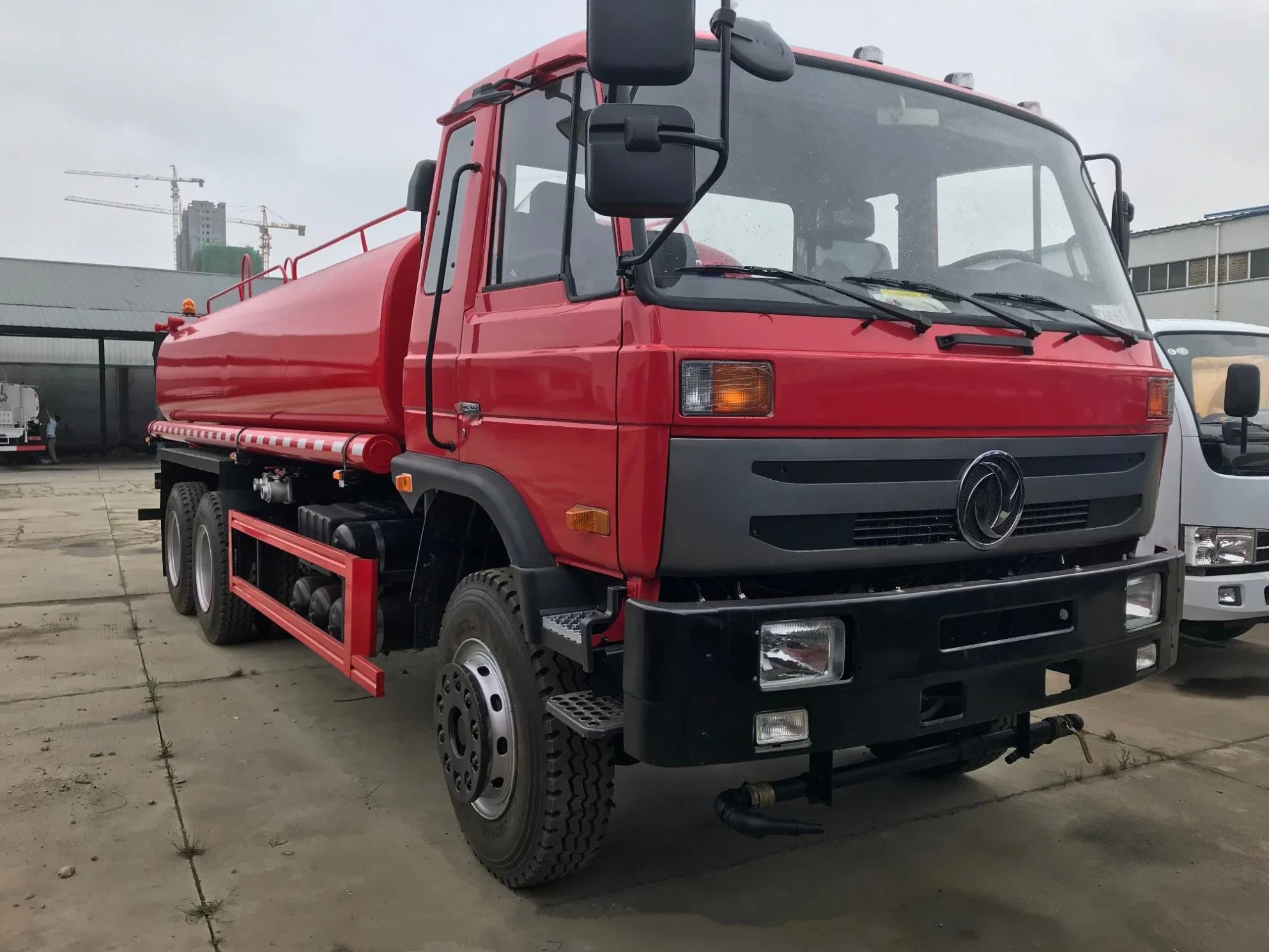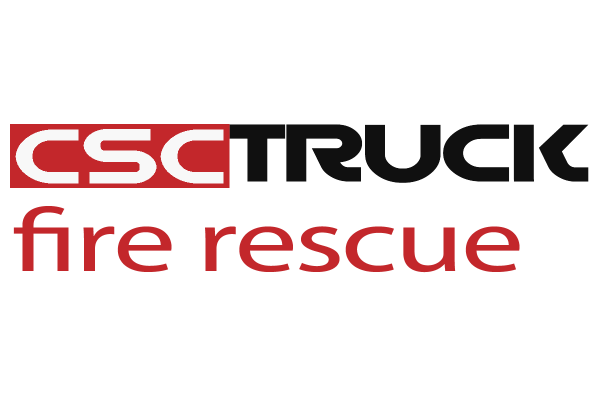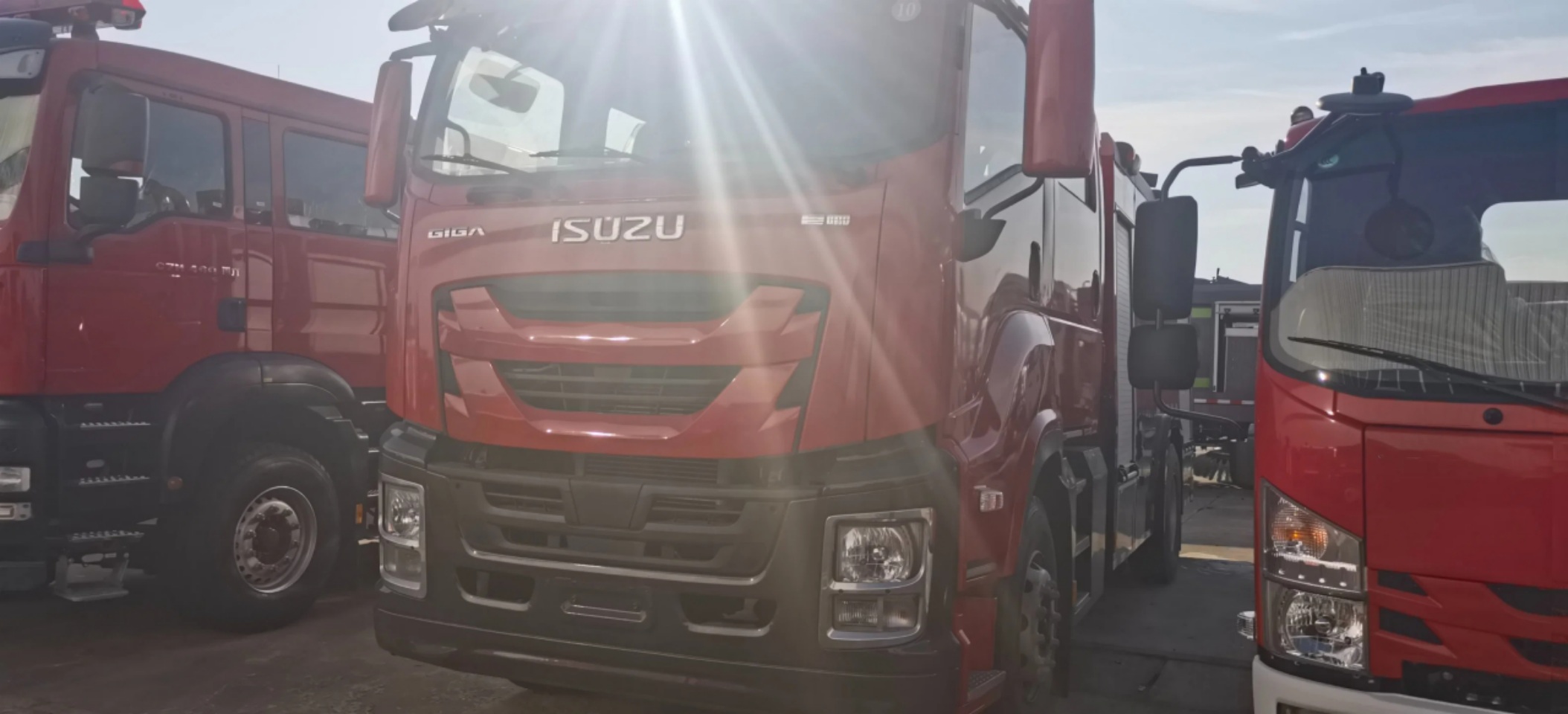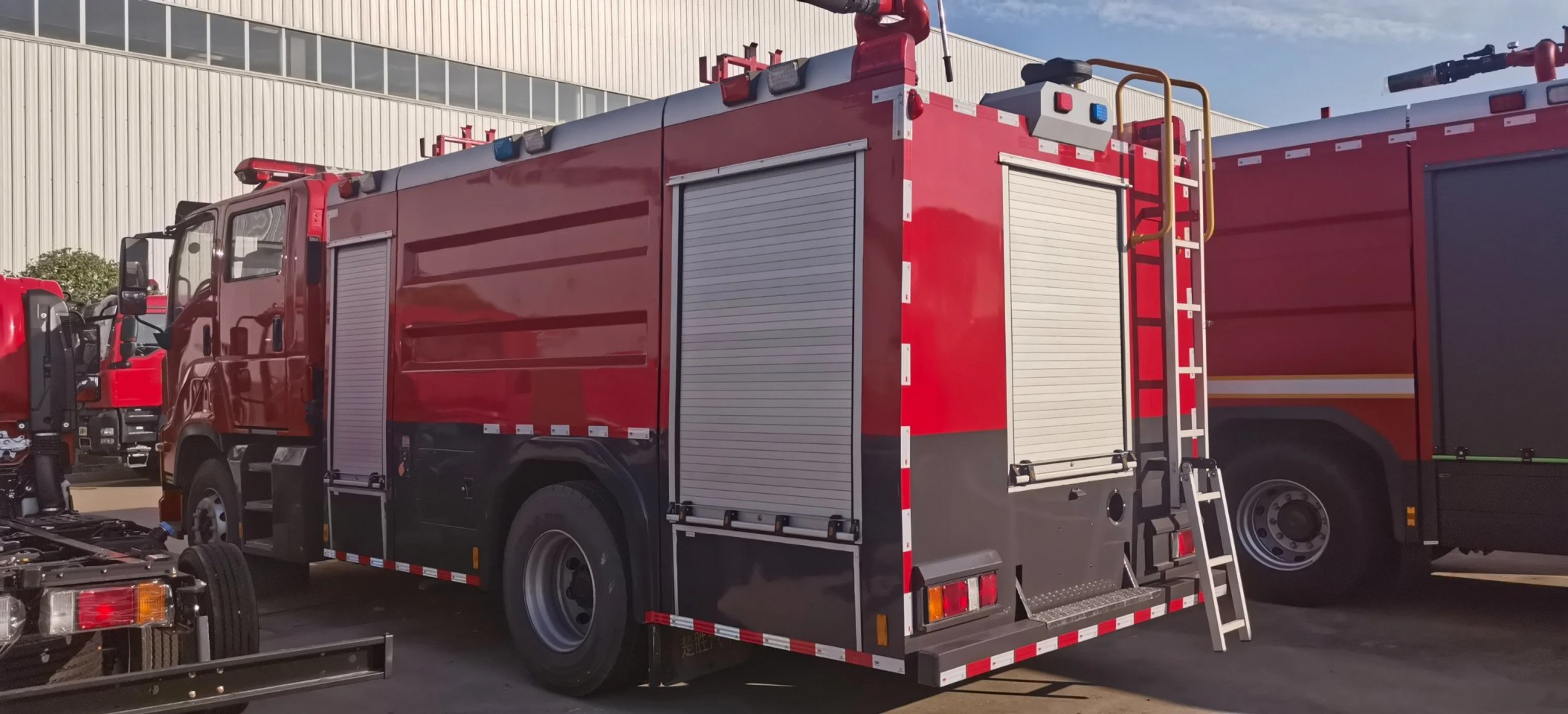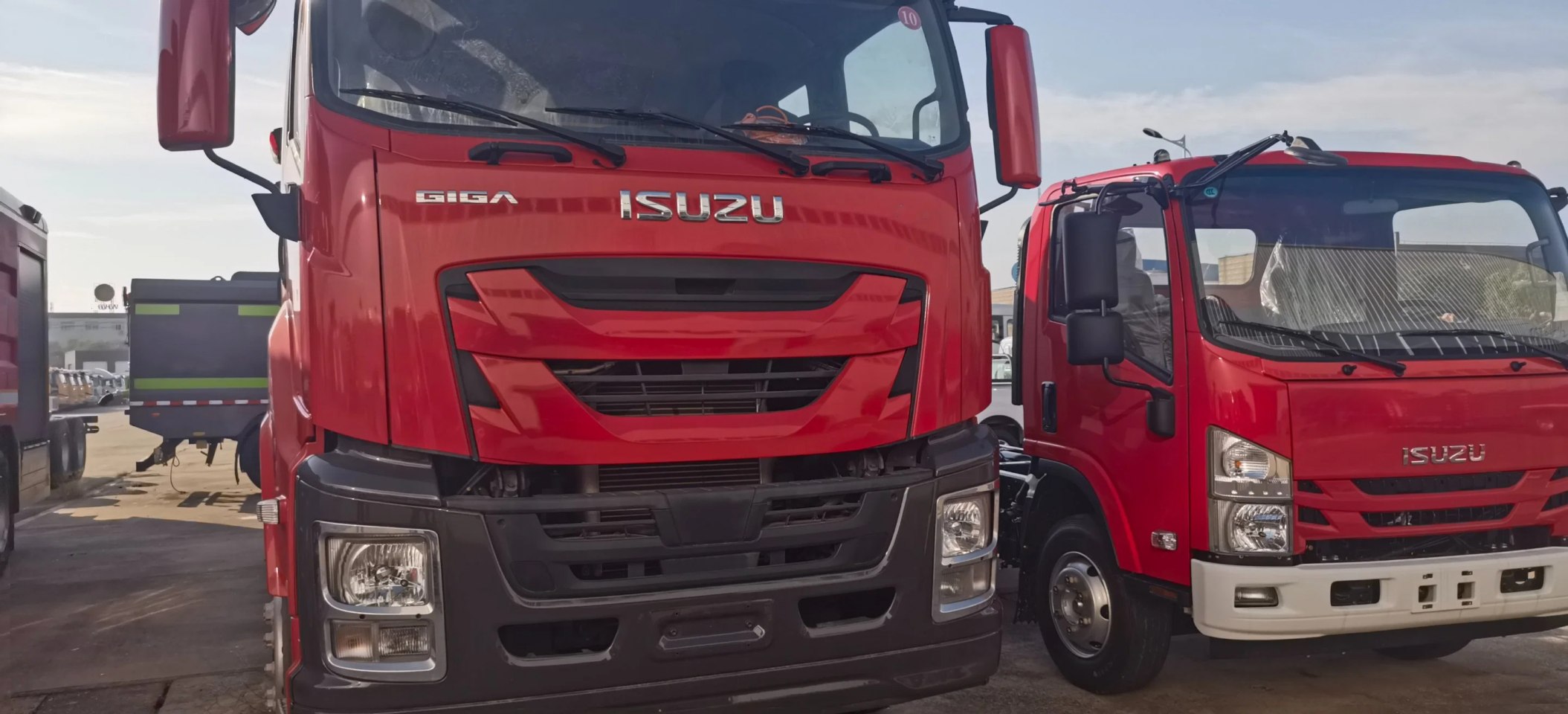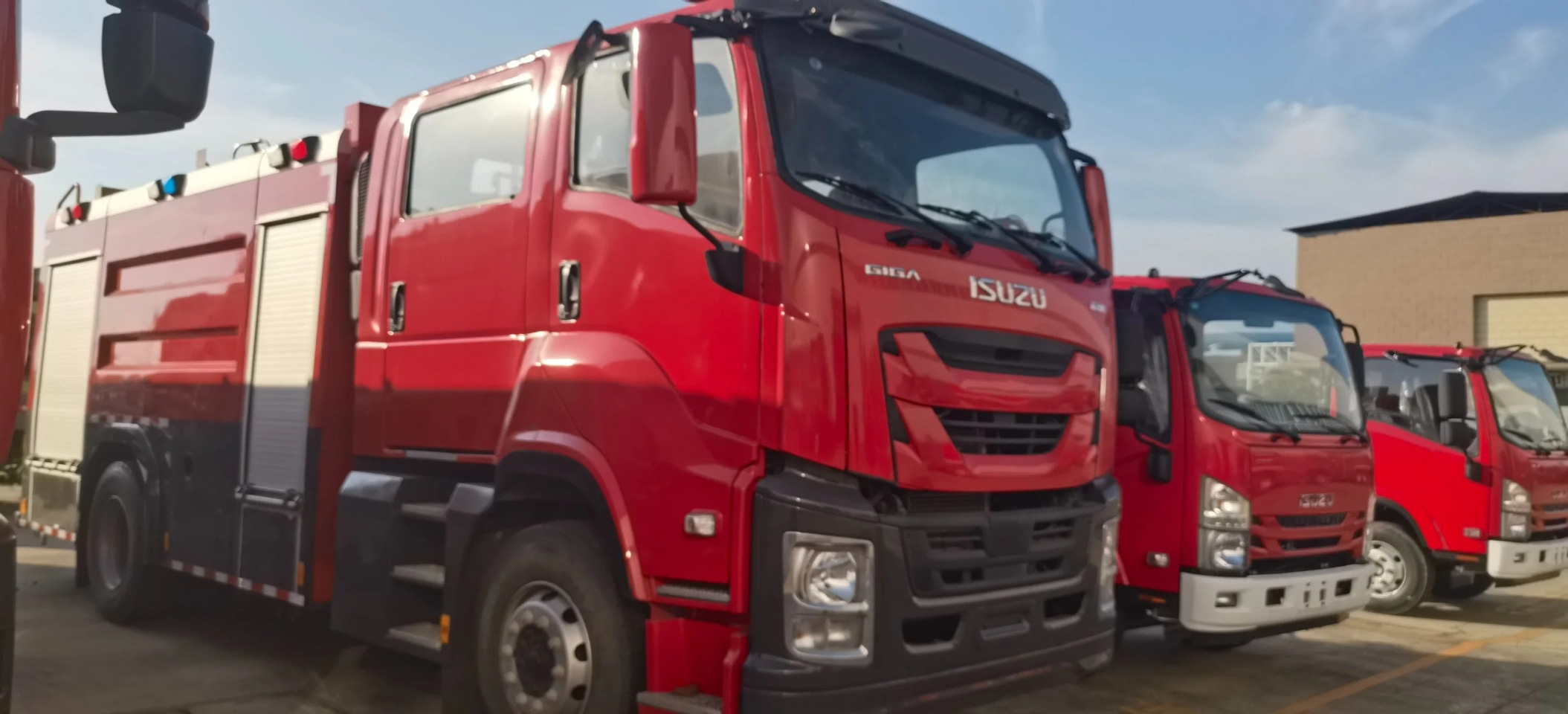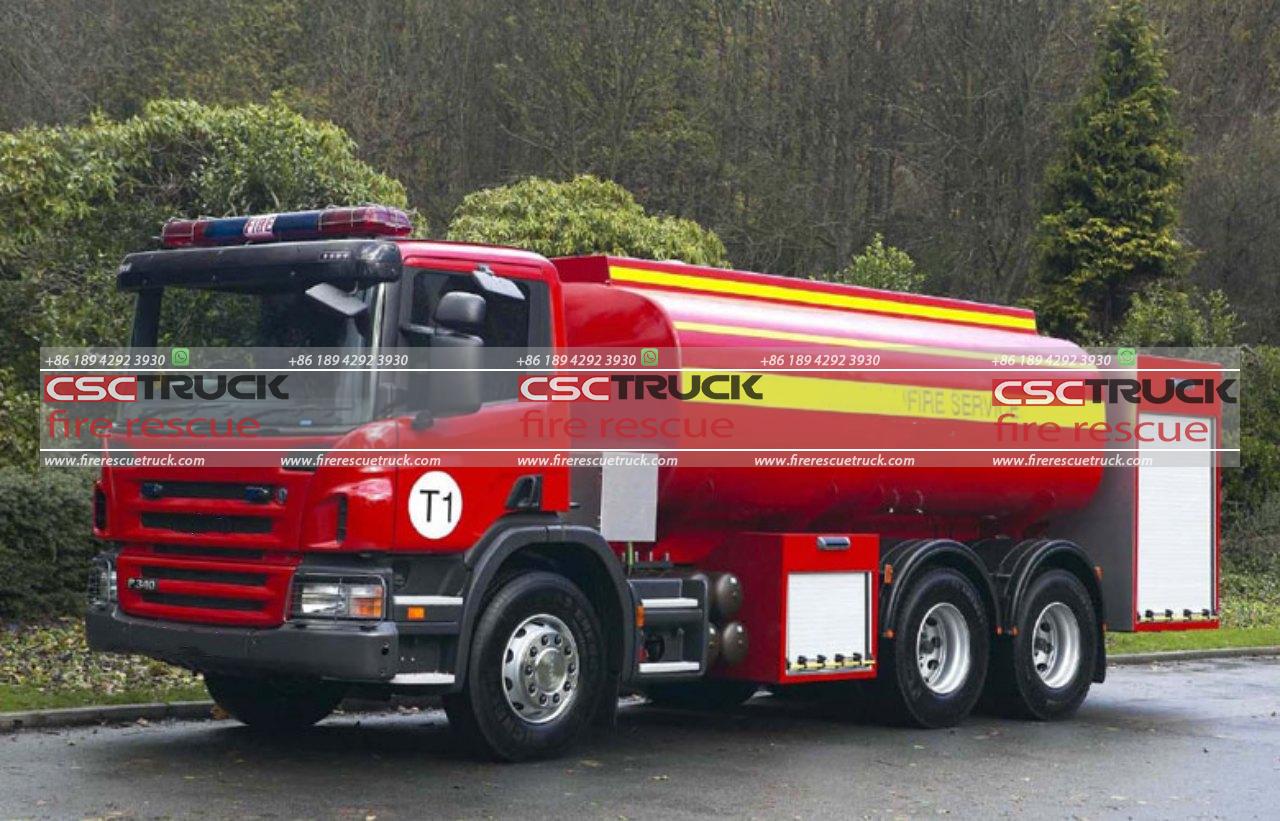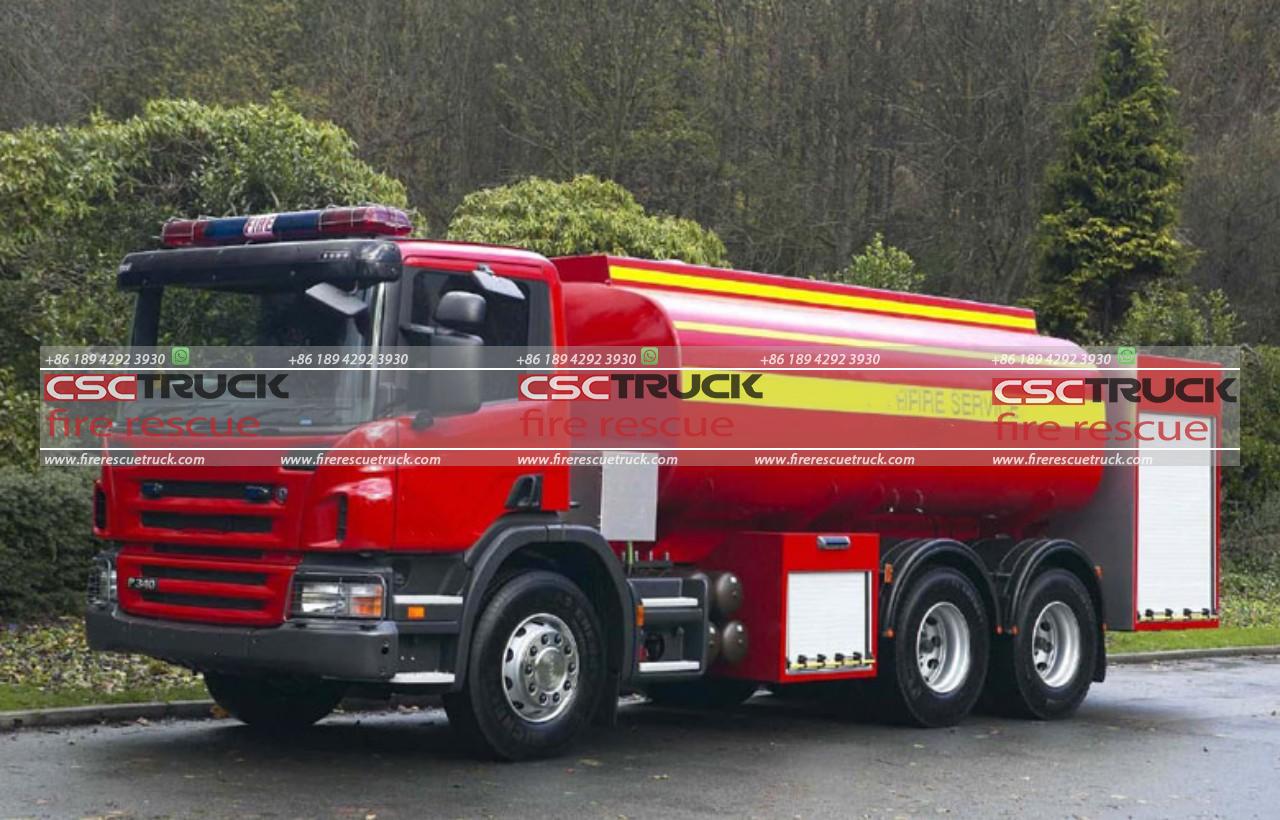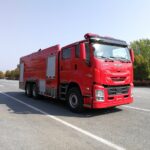Water is a critical resource across many industries, including construction, mining, agriculture, firefighting, and municipal services. The transport and supply of large volumes of water to remote or infrastructure-deficient areas require specialized equipment. Enter the heavy-duty water bowser truck—a robust, high-capacity vehicle designed to carry and distribute large quantities of water efficiently. In this article, we will explore the features, applications, construction, benefits, and selection criteria of heavy-duty water bowser trucks, highlighting their indispensable role in modern logistics and industrial operations.
What is a Water Bowser Truck?
A water bowser truck, also known as a water tanker truck, is a vehicle equipped with a large-capacity tank specifically designed for transporting and distributing water. The “bowser” term originated in the fuel transport sector but has since been adopted for water and other liquid transport vehicles. Heavy-duty water bowsers are typically mounted on large commercial truck chassis and are engineered to handle tough terrains and heavy payloads.
These trucks are used in both potable and non-potable water applications. Potable versions ensure safe water delivery for human consumption, while non-potable versions are utilized for dust suppression, soil compaction, irrigation, firefighting, and industrial water needs.
Key Features of a Heavy-Duty Water Bowser Truck
- High-Capacity Water Tank
Heavy-duty bowsers can carry between 10,000 to 30,000 liters (or more), depending on the chassis and local transport regulations. The tank is usually made from carbon steel, stainless steel, or polyethylene, depending on the intended application. - Durable Chassis and Suspension
Mounted on robust truck frames—typically 6×4 or 8×4 chassis—these trucks feature reinforced suspension systems to support full tank loads across challenging terrains. - Pump and Spraying System
Equipped with high-power centrifugal or self-priming water pumps, these trucks are capable of fast filling and controlled discharge. Spraying systems include rear, side, and cannon-style nozzles for diverse functions like road cleaning, irrigation, or firefighting. - Multiple Water Distribution Options
Water can be dispensed using gravity flow, pumps, or spray bars. Some configurations offer hose reels and adjustable spray nozzles for targeted water application. - Engine and Transmission
These trucks are powered by heavy-duty diesel engines, often with power outputs ranging from 250 to 400 HP, ensuring sufficient torque for hill climbing, off-road conditions, and fully loaded operation. - Corrosion Resistance and Coating
For longevity, tanks are often treated with anti-corrosive coatings or lined with food-grade materials for potable water use.
Applications of Heavy-Duty Water Bowser Trucks
1. Construction and Mining Sites
Water bowsers are indispensable on dusty construction and mining sites, where they serve dust suppression, equipment washing, and concrete curing functions.
2. Agricultural Use
In areas lacking irrigation infrastructure, these trucks transport water to farmlands. They’re also used to fill mobile irrigation tanks and livestock troughs.
3. Municipal and Emergency Services
Municipalities use them for street cleaning, park irrigation, and emergency water supply. Fire departments also deploy bowsers as auxiliary fire trucks, especially in areas lacking hydrants.
4. Event and Camp Support
For outdoor festivals, military camps, and refugee settlements, water bowsers are crucial for maintaining sanitation and drinking water supplies.
5. Industrial Water Transport
Industries located far from water sources rely on water tankers to ensure continuous operations, including cooling systems, chemical dilution, or boiler feedwater supply.
Benefits of Using Heavy-Duty Water Bowsers
1. Mobility and Flexibility
Unlike fixed pipelines or water infrastructure, bowser trucks can access remote and off-grid locations, ensuring flexible water delivery wherever needed.
2. Time and Labor Savings
Automated pumping and spraying systems allow for efficient loading and unloading, minimizing downtime and manual labor.
3. Multi-Functional Capability
With multiple spray bars and pump outlets, the same truck can be used for dust suppression in the morning, irrigation in the afternoon, and street cleaning at night.
4. Cost-Effectiveness
In temporary operations or emergencies, bowsers eliminate the need for investing in permanent infrastructure, significantly reducing upfront costs.
5. Customization Options
Manufacturers offer highly customizable configurations, including tank insulation, heating systems, GPS tracking, flow meters, and remote control systems.
Construction and Materials
The construction of a heavy-duty water bowser truck involves several critical components:
- Tank Body: Typically constructed from Q235 carbon steel for durability. For potable water, 304 stainless steel or food-grade polyethylene is used.
- Internal Baffles: To prevent water surge and ensure vehicle stability during transport, tanks are fitted with internal baffles.
- Manhole Covers: Located on top of the tank for cleaning and inspection.
- Valves and Piping: Brass, stainless steel, or PVC components ensure long-term performance and corrosion resistance.
- Pump and Engine Integration: The pumping system is powered either by the vehicle’s PTO (Power Take-Off) or a dedicated auxiliary engine.
Selection Criteria for Buyers
When selecting a heavy-duty water bowser truck, consider the following:
- Tank Capacity: Choose based on daily water requirements and operational cycles.
- Chassis Type: Off-road or on-road usage will determine whether a 4×2, 6×4, or 8×4 chassis is ideal.
- Pump Performance: Check pump flow rate (e.g., 30–60 m³/h) and head (e.g., 40–60 m).
- Material Compatibility: Ensure tank and fittings match the type of water (potable, saline, or industrial).
- Spraying Options: Determine the number and configuration of spray bars needed for your use case.
- Compliance and Certifications: Look for trucks that meet ISO, DOT, or ADR standards if transporting water across borders or in regulated environments.
Leading Manufacturers and Customization
Well-known heavy-duty truck brands such as HOWO (Sinotruk), Dongfeng, FAW, and ISUZU often partner with specialized tank body fabricators to produce customized water bowsers. These fabricators offer tailored solutions depending on the climate, terrain, and operational demands of the buyer.
Advanced configurations may include:
- Remote-control water cannons
- Foam mixing systems for firefighting
- Heated tanks for cold climates
- GPS and telematics for fleet management
Conclusion
Heavy-duty water bowser trucks play a vital role in ensuring the availability of water across a wide range of industries and environments. Their versatility, high capacity, and mobility make them an ideal solution for bulk water transport and distribution. Whether it’s taming dust clouds on a mine road, supplying drinking water to a remote village, or cleaning city streets, these trucks deliver where pipelines cannot.
As global infrastructure expands into remote regions and climate change increases the importance of water resource management, the role of heavy-duty water bowser trucks will continue to grow. Investing in the right configuration not only supports operational efficiency but also safeguards water access in critical applications.
